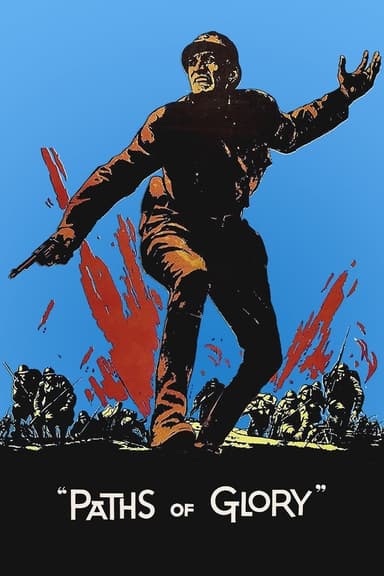
Waiting for the Barbarians
2019 • Drama, History • R
At an isolated frontier outpost, a colonial magistrate suffers a crisis of conscience when an army colonel arrives looking to interrogate the locals about an impending uprising, using cruel tactics that horrify the magistrate.
Runtime: 1h 54m
Why you should read the novel
For readers drawn to nuanced explorations of power, justice, and conscience, J. M. Coetzee’s *Waiting for the Barbarians* offers an unforgettable literary experience. The novel’s spare, haunting prose invites deep reflection on the nature of oppression, the fragility of civilization, and the corrosive effects of fear and violence. Coetzee’s measured storytelling immerses readers in the complex interior life of the Magistrate, whose struggles can be fully appreciated on the page.
The book delves with rare subtlety into the psychological toll of colonial authority, allowing space for ambiguity and self-doubt that film adaptations often condense or gloss over. Unlike the movie’s visual immediacy, the novel excels in conveying emotions and intentions with nuance, leaving readers to grapple with unresolved questions and a pervasive sense of unease.
By engaging directly with Coetzee’s text, readers can savor the novel’s philosophical undertones and moral complexities, which resonate beyond the plot’s events. Discovering these layers in the original book provides a richer, more introspective encounter than any film can deliver, making the novel an essential read for anyone seeking a profound understanding of humanity's perpetual cycles of fear and misunderstanding.
Adaptation differences
The film adaptation streamlines much of the novel’s internal narrative, often translating the complex inner life of the Magistrate into visual cues and gestures. While this enables a certain cinematic clarity, it sacrifices the depth and subtlety of his thoughts, especially his moral hesitations and internal debates, which form the backbone of the book's tension.
Another key difference lies in the treatment of secondary characters, particularly the 'barbarian girl.' The novel grants her more ambiguity and inner mystery, which invites varied interpretations of her motives and relationships. In contrast, the movie’s presentation, bound by visual storytelling and limited runtime, simplifies her role, making certain nuances less pronounced or even omitting them altogether.
The pacing of the film also diverges from the slow, meditative progression found in Coetzee’s novel. Compression of time for cinematic effect means some events are truncated or altered, leading to a loss of the novel's gradual, oppressive atmosphere. Important narrative pauses and moments of introspection—crucial in the book—are either abbreviated or omitted, changing the audience's emotional journey.
Finally, Coetzee’s prose, rich in its simplicity and measured cadences, imbues the novel with a distinctive tone that no film can replicate. The adaptation, while visually compelling, inevitably loses the novel's allegorical resonance and philosophical ambiguity. What remains on-screen is a more direct narrative, less open to interpretation and lacking the book’s contemplative layers.
Waiting for the Barbarians inspired from
Waiting for the Barbarians
by J. M. Coetzee










